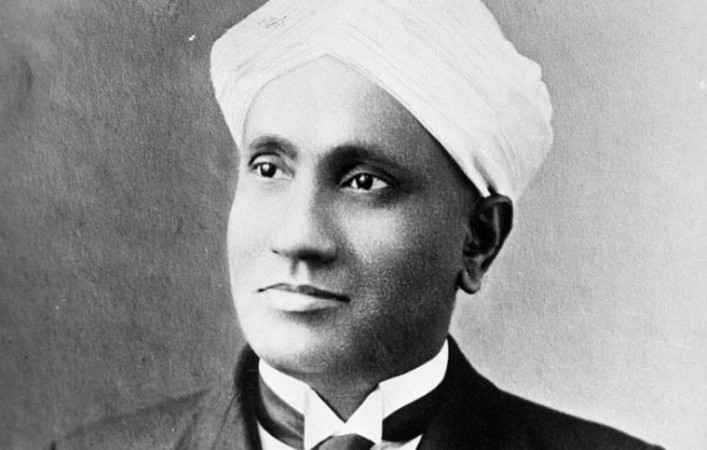
C. V. Raman, an illustrious physicist born in 1888, was a trailblazer in the field of physics, whose pioneering research on the scattering of light revolutionized the scientific community. His work earned him the prestigious Nobel Prize in Physics in 1930 and introduced the world to the remarkable "Raman Effect," a groundbreaking phenomenon that has since played a pivotal role in various scientific disciplines. In this article, we delve into the life, contributions, and enduring legacy of this exceptional scientist.
Early Life and Education
Chandrasekhara Venkata Raman was born on November 7, 1888, in the city of Tiruchirapalli, India. From a young age, he displayed an insatiable curiosity for the natural world and a keen interest in scientific pursuits. Raman's educational journey led him to the prestigious Presidency College in Madras (now Chennai), where he excelled in academics and developed a passion for physics.
Career and Contributions
Raman embarked on a successful career in academia and research, focusing on both acoustics and optics. However, it was his groundbreaking work on light scattering that would forever etch his name in the annals of science. In 1928, while conducting experiments on the scattering of light in liquids, he made a momentous discovery that came to be known as the "Raman Effect."
The Raman Effect: Explained
The Raman Effect, in simple terms, refers to the change in wavelength of light as it interacts with matter. When light passes through a substance, a fraction of the light scatters, and a small portion of that scattered light undergoes a shift in wavelength. Raman's explanation of this phenomenon challenged prevailing theories and opened new avenues for scientific exploration.
Applications of the Raman Effect
Raman's groundbreaking discovery has found applications in a myriad of fields. In chemistry, Raman spectroscopy has become a vital tool for analyzing molecular structures and identifying substances. The medical community benefits from Raman spectroscopy in diagnosing diseases and studying biological samples. Moreover, the Raman Effect has influenced advancements in telecommunications and nanotechnology.
Nobel Prize and International Recognition
In 1930, C. V. Raman was awarded the Nobel Prize in Physics, making him the first Asian to receive such an honor in the field of science. This recognition solidified his status as a preeminent physicist and brought international attention to his research.
Influence on Modern Physics
Raman's discoveries significantly influenced the trajectory of modern physics. His work on light scattering and the Raman Effect laid the foundation for further research in quantum mechanics, spectroscopy, and condensed matter physics. Today, Raman spectroscopy is an indispensable analytical technique in various scientific investigations.
Commemorations and Memorials
C. V. Raman's legacy is commemorated through numerous means, including educational institutions, research centers, and statues dedicated to his memory. His contributions to science continue to inspire aspiring scientists worldwide.
In conclusion, C. V. Raman's remarkable journey from a curious young boy in Tiruchirapalli to a Nobel laureate physicist stands as a testament to the power of human intellect and determination. His groundbreaking work on light scattering and the subsequent discovery of the Raman Effect have left an indelible mark on the world of science, forever enriching our understanding of the natural universe.
The Sweet Success of Sugar: Popular Beauty Brand in India
Breaking Digital Barriers: Mastering the Art of Online Business